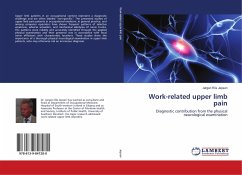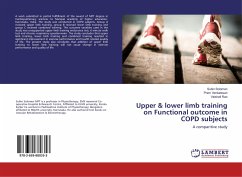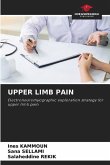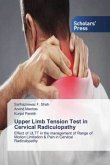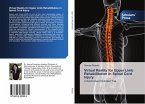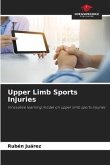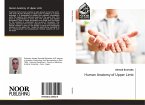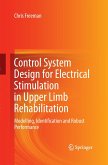Upper limb patients in an occupational context represent a diagnostic challenge and are often labeled "non-specific". The presented studies of upper limb pain patients in occupational medicine, in general practice, and among computer operators have shown frequent patterns of selective weakness, adverse sensation, and mechanical allodynia of nerve trunks. The patterns were reliably and accurately identified through the applied physical examination and their presence was in accordance with focal nerve afflictions with characteristic locations. These studies show the importance of a thorough physical neurological examination in upper limb patients, who may otherwise risk an erroneous diagnosis.
Bitte wählen Sie Ihr Anliegen aus.
Rechnungen
Retourenschein anfordern
Bestellstatus
Storno

